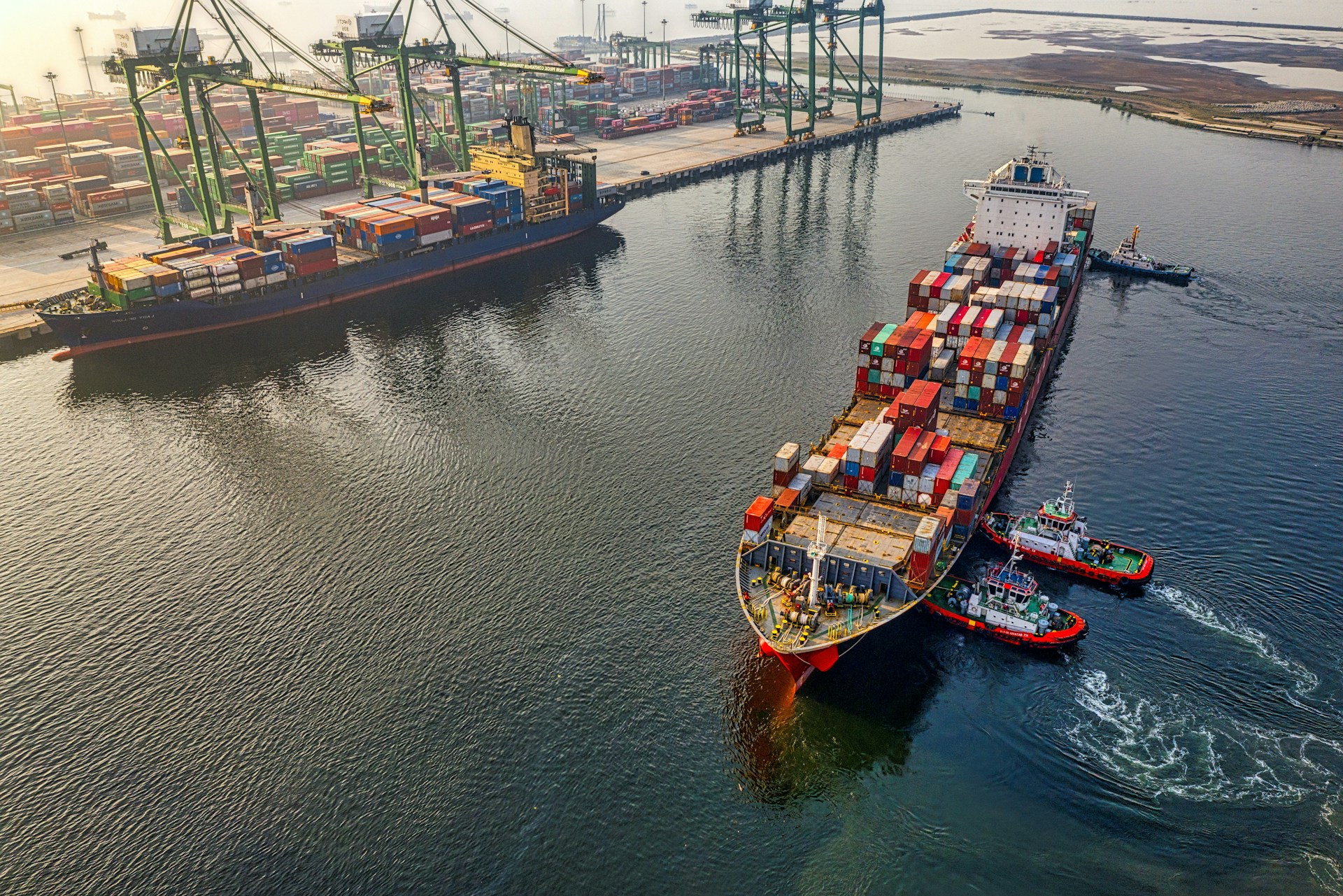Letters of credit and bank guarantees are two excellent financial instruments designed to help businesses conduct trade in a way that benefits both parties. In both cases, a finance provider is involved who steps in if one party is unable to make payment or delivery of a product that it owes to another party. This finance provider ensures that transactions between the two trading parties continue seamlessly, regardless of the borrower’s financial standing at any given moment.
While these aids are similar in essence and their key purposes, they function differently under different circumstances. In the matter of Bank Guarantees vs. Letters of Credit, it is critical to choose the right option in accordance with specific business needs.
Key Differences Between Bank Guarantees & Letters of Credit
To help businesses make an informed decision, we will take a closer look at what these key financial aids mean, along with their main types and differences.
What is a Bank Guarantee?
A bank guarantee is issued by a bank to establish a sense of financial security for all the parties involved in the transaction. It primarily protects importers and exporters from the risks of non-payment or delayed payments. This instrument serves as a promise that the bank will pay the amount to the beneficiary if the obligated party fails to do so according to the terms mentioned in the contract. The bank has to take the responsibility of clearing the amount. Bank guarantees are commonly used in various business transactions, such as international trade, construction projects, and financial contracts.
Types of Bank Guarantees
- Shipping Guarantees:
This type of written guarantee is issued by the bank to agree to joint liability. It is provided to the carrier to pick up cargo in case it arrives before the shipping documents.
- Advanced Payment Guarantees:
This guarantee is issued by a bank or a financial institution on behalf of the party receiving the advance payment. The party making the payment receives a refund from the bank if the receiving party cannot meet the contract terms.
3. Bid Bond:
This guarantee is most commonly used in the bidding process for construction projects or public tenders. Here, if the winning bidder fails to act in accordance with the contract, the bank intervenes and bears the financial losses.
4.Foreign Trade Guarantees:
These guarantees are typically used in international trade transactions. There are multiple types, such as import guarantees, export guarantees, or customs guarantees.
- Confirmed Payment Guarantees:
With this irrevocable obligation, a specific amount is paid by the bank to a beneficiary on behalf of the client by a certain date.
What is a Letter of Credit?
An important financial instrument that best facilitates international trade, a letter of credit is issued by a bank or a financial institution on behalf of the buyer. It guarantees that the seller will receive payment in exchange for the products and services delivered to the buyers. If the buyers cannot make the payment due to certain reasons, the bank or the financial institution has to step up and pay the amount to the seller. Several types of letters of credit can be leveraged to meet specific business needs.
Types of Letters of Credit
- Commercial:
With these letters of credit, once the application is reviewed and approved, the issuing financial institution makes payments to the seller immediately.
- Standby:
These are essentially secondary payment methods. The third-party finance provider is obliged to pay the seller only if the buyer cannot.
- Revolving:
These letters of credit enable one to make any number of draws within a certain limit. The letters usually come with an expiration date, often one year.
- Revocable:
Here, sellers can legally modify or cancel certain terms related to transactions at any time, without the consent of the buyers.
- Irrevocable:
Irrevocable letters of credit are more common than revocable ones. Here, no changes can be made without the consent of all parties involved.
- Confirmed:
These letters require another financial institution, other than the original issuing institution. The second institution (the confirming institution) makes the payment if both the buyer and the letter-issuing institution fail to do so.
Tradewind Finance – Expert Invoice Financing in China
If you want to leverage bank guarantees in China or letters of credit in China, then Tradewind Finance has excellent solutions for you. We are one of the leading international trade finance companies with over 180 employees working from 20 offices located in 12 countries. Our highly trained staff offers world-class customer service and truly understands global trade.
We specialize in cross-border transactions globally for sales made on open accounts, letters of credit, and documentary collections payment terms. We solve short-term cash flow issues by purchasing your company’s accounts receivable in exchange for an advance of up to 95% of the total invoice value. Then, we collect the full amount from your client upon invoice maturity. Once the invoice is paid in full, we send you the remaining balance. In addition to factoring your export accounts receivable, we can also finance your full supply chain.



